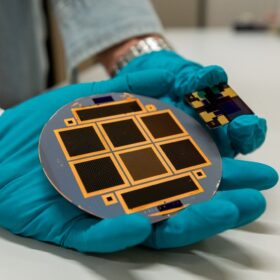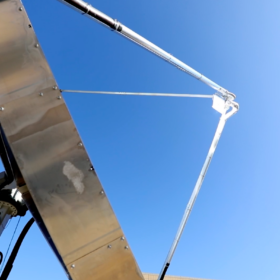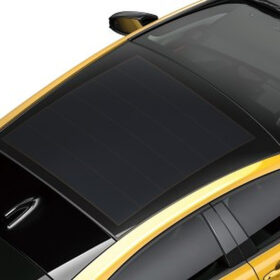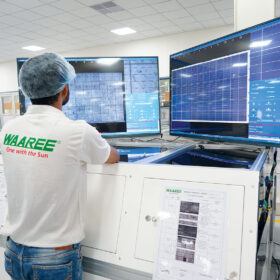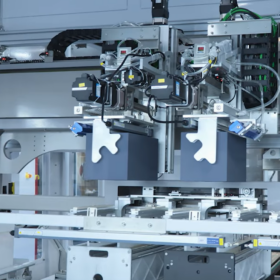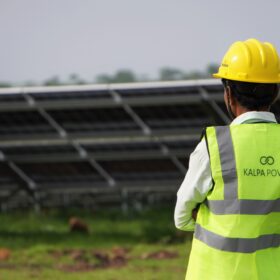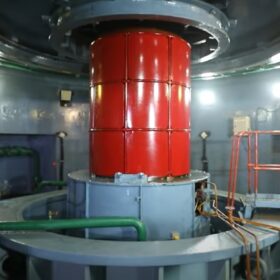US solar installers list Qcells, Enphase as top brands
An industry survey led by SolarReviews and NABCEP found two-thirds of solar installers expect high electricity prices to drive demand.
PV manufacturing capacity hit 600 GW in 2022
The new edition of the International Technology Roadmap for Photovoltaic (ITRPV), published this week, finds that 295 GW of PV modules was shipped in 2022, and that prices for silicon PV modules fell by 7% over the year. The report finds that price premiums for n-type modules are now marginal, and the technology grew to represent 15% of the market, and is expected to keep growing over the coming decade.
The PV scientific community’s rush to the latest efficiency record
Perovskite-silicon tandem technology expert Gianluca Coletti explains what cycles the PV industry and scientific community experience every time there are new jumps in power conversion efficiencies at cell level. According to him, we are experiencing a much faster turnover of efficiency records typical of the early stage of development of a new technology holding an incredible potential.
Green hydrogen demand to reach 2.85 MMT/annum by 2030
A new report estimates India will reach annual green hydrogen demand of 2.85 million metric tons (MMT) by 2030 under the current policy and project momentum. To meet this demand, it will need 62 GW of additional renewable energy capacity, 29 GW of electrolyzer capacity, and 11 MMT per annum of ammonia infrastructure, which together represent an investment opportunity of at least $57 billion.
The world can manufacture enough solar to reach decarbonization goals
NREL researchers model viable pathways to supplying the estimated 60 TW of capacity required for decarbonization, and study the effect that disruptive solar technologies may have on deployment cost and market opportunity.
Swiss team sets record solar-to-hydrogen rate
Researchers from Switzerland’s École Polytechnique Fédérale de Lausanne have unveiled a new solar dish plant design, while Plug Power has delivered its first electrolyzer system to Europe.
Machine learning method to identify residential PV adopters, reduce soft costs
Researchers have defined a new machine learning-based methodology that reportedly reduces customer acquisition costs by about 15% or $0.07/Watt. It is based on an adapted version of the XGBoost algorithm and considers factors such as summer bills, household income, and homeowner’s age, among others.
Toyota uses Kaneka’s 26.63%-efficient solar cells for electric vehicle
Kaneka said the cells will be utilized in the roof glass of Toyota’s Prius PHEV electric car. It plans to begin full-scale delivery of in-vehicle PV products this year.
ACME Group, Indraprastha Gas Ltd sign green hydrogen agreement
ACME and Indraprastha Gas Ltd (IGL) have agreed to jointly explore the setting up of hydrogen generation plants, including electrolyzers, to blend green hydrogen in IGL’s natural gas supply.
IIT Kanpur, Lohum collaborate on lithium battery testing for safety and sustainability
IIT Kanpur and Lohum will work together to advance lithium-ion battery testing technology and techniques for evaluating battery raw material quality. Lohum will additionally sponsor R&D labs at IIT Kanpur, provide a research fellowship to Ph.D. students, and help IITK commercialize its research outcomes.


